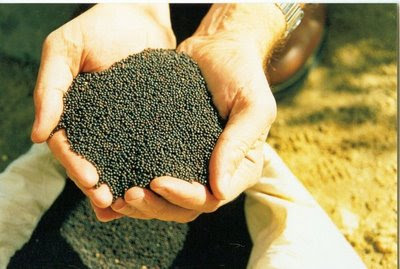 Woodfired asked: Whisking egg whites to the correct stiffness seems to challenge many. There is plenty of advice about how to make your whites stiff. An old one, and one that seems to be supported by professional chefs, is to whisk them in a copper bowl. Can you think of any likely reason why this would help?
Woodfired asked: Whisking egg whites to the correct stiffness seems to challenge many. There is plenty of advice about how to make your whites stiff. An old one, and one that seems to be supported by professional chefs, is to whisk them in a copper bowl. Can you think of any likely reason why this would help?Well, no, I had no idea. I thought it may be related to bowl cleanliness as this can influence whipping of egg whites. So I went hunting.
The bowl you use makes a difference when you are whipping egg whites. When air is whisked into egg whites, the mechanical action denatures the proteins in the whites. The denatured proteins coagulate, stiffening the foam and stabilizing the air bubbles.
A copper bowl assists in creating a tighter bond in reactive sulfur items such as egg whites. The bond created is so tight that the sulfurs are prevented from reacting with any other material. Copper bowls produce a yellowish, creamy foam that is harder to overbeat than the foam produced using glass or stainless steel bowls. When you whisk egg whites in a copper bowl, some copper ions migrate from the bowl into the egg whites. The copper ions form a yellow complex with one of the proteins in eggs, conalbumin. The conalbumin-copper complex is more stable than the conalbumin alone, so egg whites whipped in a copper bowl are less likely to denature (unfold).
If the foam is overbeaten in a non-copper bowl, eventually the proteins become completely denatured and coagulate into clumps. There is no going back from the clumpy mess to nice foamy whites, so overbeaten whites are usually discarded.
A silver plated bowl will have the same result as the copper bowl. Drawbacks of the copper bowl include the expense of the bowl itself, as well as the fact that the bowls are difficult to keep clean. Copper contamination from the bowl is minimal as a cup of foam will contain a tenth of one's daily normal intake level.
Although the iron and zinc found in other metal bowls also form complexes with conalbumin, these complexes don't make the foam more stable.
Cream of tartar (potassium bitartrate) is an acidic salt that can be used to change the pH of the egg white to an acidic range by boosting the number of free-floating hydrogen ions in the egg white. This has the effect of stabilizing the foam, and is therefore an alternative to using a copper bowl.
References:
http://en.wikipedia.org/wiki/Egg_white
http://chemistry.about.com/od/howthingsworkfaqs/f/copperbowl.htm







